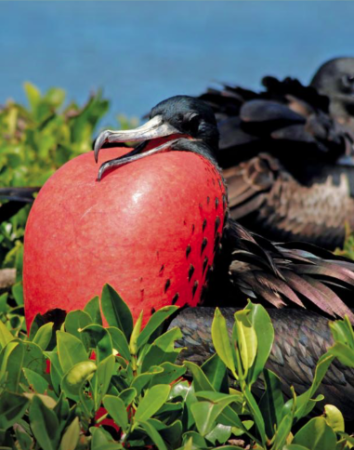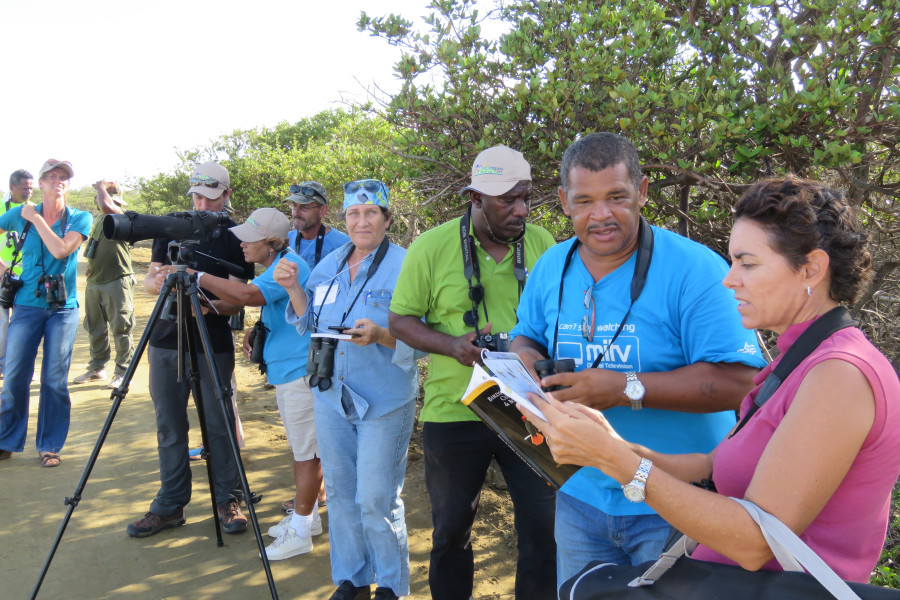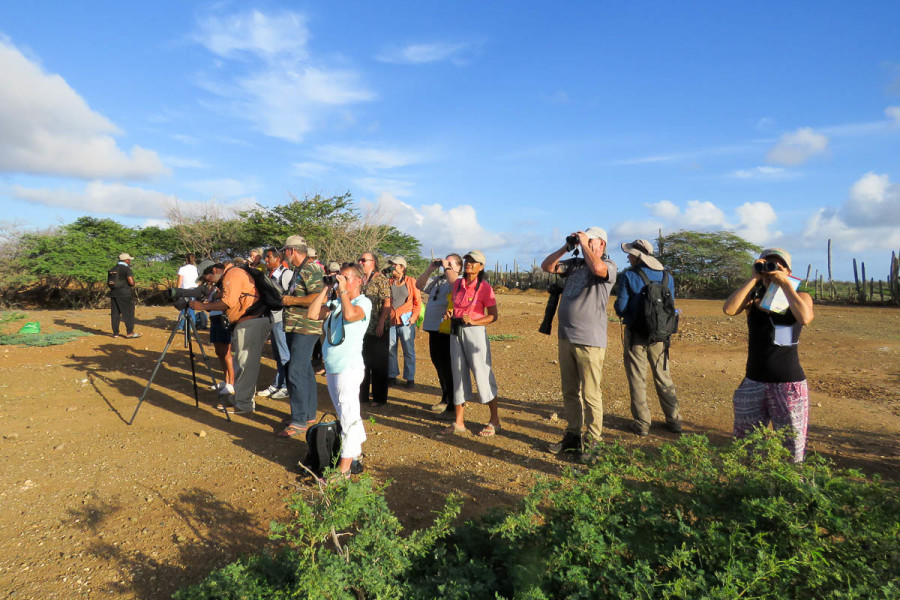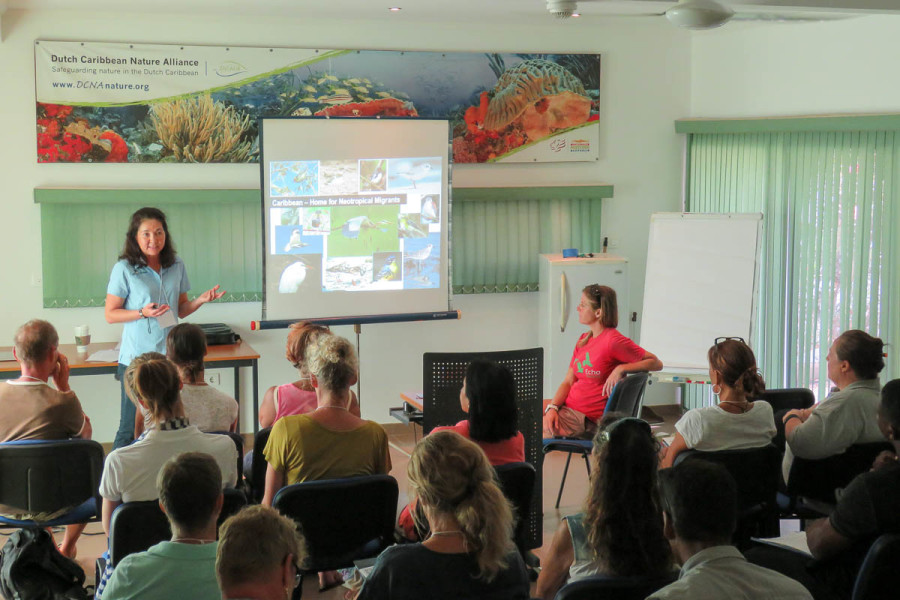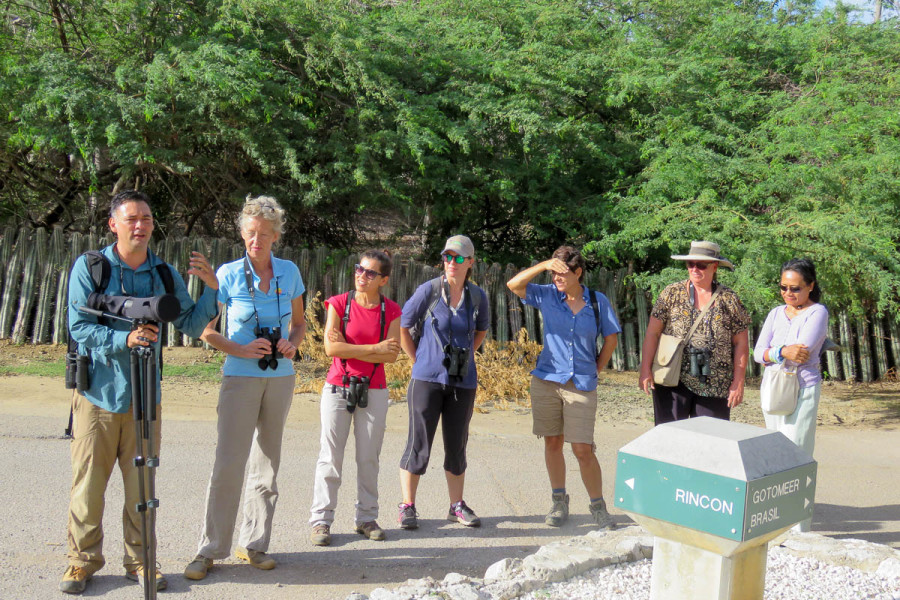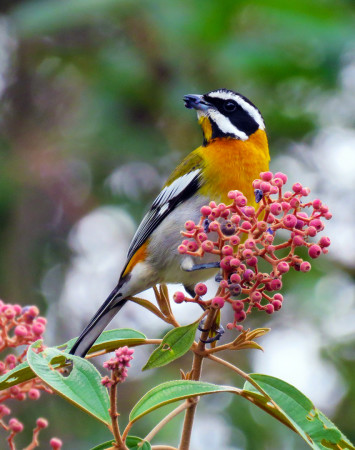 Birds of the Transboundary Grenadines is an innovative new avian field guide by co-authors Juliana Coffey and Alison (Aly) Ollivierre for the Grenadine archipelago shared between the countries of Saint Vincent and the Grenadines and Grenada in the Eastern Caribbean. This is the first guide to specifically cover these transboundary islands, which are geologically, ecologically, historically, and culturally more similar to one another than to their respective mainland islands (Saint Vincent and Grenada). The book contains:
Birds of the Transboundary Grenadines is an innovative new avian field guide by co-authors Juliana Coffey and Alison (Aly) Ollivierre for the Grenadine archipelago shared between the countries of Saint Vincent and the Grenadines and Grenada in the Eastern Caribbean. This is the first guide to specifically cover these transboundary islands, which are geologically, ecologically, historically, and culturally more similar to one another than to their respective mainland islands (Saint Vincent and Grenada). The book contains:
- 140+ pages of high-quality photographs of the birds and natural areas of the Grenadines
- 117 bird profiles with details on identification, diet, habitat, local knowledge, and sightings
- 14 detailed maps illustrating conservation areas and local toponyms on more than 50 islands and cays
- Full chapter of previously undocumented local ecological knowledge, folklore, and prehistoric-to-modern-day human values of birds
To purchase via credit card (more buying options are listed below):



On one fateful rainy day in July 2011, Juliana and Aly met at the airport on Union Island where they had both just moved for work in their respective fields. Not only did they become neighbors, but they quickly became great friends. Early on in their friendship, they saw an opportunity to collaborate on their professional interests and passion for ornithology, cartography and participatory strategies for conservation and management. Both authors have a strong background in community-focused research with Juliana working in co-management and documenting local ecological knowledge amongst indigenous and fisherfolk communities in Canada, Saint Lucia and throughout the Grenadines, and Aly facilitating participatory mapping programs in the transboundary Grenadines and conducting research on participatory mapping in the Caribbean as a whole. Together their shared perspectives on the value of combining scientific with local ecological knowledge made for a perfect partnership.
Juliana and Aly have been living and working throughout the islands intermittently ever since, although not always at the same time or on the same island. Their continued commitment to completing this project allowed the book to be written and designed in all corners of the world—including at sea and remote field camps—as they regularly pursued other opportunities in their careers. They have conducted extensive literature and field research to ensure that this guide is regionally representative of the natural, cultural, and historical contexts of the islands. Local bird names, knowledge, and lore are highlighted throughout the book: compiled through consultation with over 100 stakeholders throughout the Grenadines.
The seven years the authors spent researching and writing Birds of the Transboundary Grenadines is evident in the book—the attention to detail and user-friendly design make the guide a valuable companion for any type of outing in the transboundary Grenadines! Juliana and Aly created this book with the following goals in mind:
- serve as a valuable resource for local bird monitors to learn species identification and carry out surveys,
- promote sustainable tourism initiatives (like the Caribbean Birding Trail),
- enhance the overall conservation and management of Grenadine resources,
- educate the general public, and
- be useful to both locals and foreigners with an interest in the avifauna of the region.
They’ve already received great feedback from local environmentalists, casual tourists, bird biologists, government officials and most importantly—the local fisherfolk and resource users who now take pride in seeing their knowledge represented in this publication. If you’re planning a trip to the Grenadines, this book is a must-have.

BirdsCaribbean was honored to officially launch this new and exciting avian field guide in July 2019 at their 22nd International Conference in Guadeloupe. Juliana gave a presentation on the local ecological knowledge research that went into the guide which provided additional information to the one Aly had given at the BirdsCaribbean 20th International Conference in Jamaica in 2017. After waiting four years since many of the BirdsCaribbean delegates had first learned about the upcoming book, everyone was excited to share in the celebration of this launch. The guide was especially praised for its skillful combination of scientific and local knowledge as well as its final chapter which focuses on interactions between people and birds in the Grenadines spanning from first occupation by Amerindians to the modern day.
The authors would like to thank everyone who assisted them throughout the duration of this project, including the more than 100 residents and visitors to the Grenadines who took the time to provide local knowledge and lore, and to all of the people that contributed to the crowdfunding and review of the book which made the publication possible. A complete list of acknowledgments is available in the book!
Buy the Book:
Birds of the Transboundary Grenadines can be purchased from BirdsCaribbean with a credit card below, or with a US check or postal money order made payable to BirdsCaribbean and mailed to 841 Worcester Street #130, Natick, MA 01760, USA.
Birds of the Transboundary Grenadines
By Juliana Coffey and Alison Ollivierre
142 pages, section sewn softcover (7” x 5”), full color photographs and maps
ISBN 978-1-9994585-0-8
Price: US$25
US shipping – $6.95
Canada shipping – $24.95
To purchase via credit card:
Please reach out to Alison Ollivierre if you’re interested in international shipping elsewhere and we can provide a shipping quote.
Books can be purchased within Saint Vincent and the Grenadines and Grenada at local businesses, for more information visit: www.grenadinesbirds.com/avian-field-guide
Please also consider helping Juliana and Aly fulfill their goal of getting copies of the books into the hands of all of the schools and relevant community organizations in the transboundary Grenadines! So far, more than one third of the books that have left their hands have been donated. Help them keep up this momentum with any donations that you can.
Interview with the Authors:
How did you first become interested in birds and birding?
Juliana: I first became interested in wildlife in general at a very young age, and at just five years old (even though I couldn’t spell the word “biologist”) I told my family that’s what I wanted to grow up to become. This was likely due to the plethora of stray animals that my parents let me take home and care for, always stating “no more pets!”, but always having room for just one more. When I was sixteen, I officially began my career with birds during a summer internship with a world renowned ornithologist, Dr. Bill Montevecchi, at Memorial University of Newfoundland, and was exposed to both the field research aspect and community outreach.
Aly: I first got excited about birds at an Audubon Youth Camp in rural Vermont in the 1990s when I had the opportunity to mist net and band birds with an ornithologist. I saved up for months for the first edition Sibley field guide, went birding with anyone who would go with me, earned the Girl Scout birding badge, and even competed on a youth team in the World Series of Birding in 2002.
Where did you go from there, did you decide to become ornithologists?
Juliana: I was very fortunate after my internship, that Dr. Montevecchi recognized my passion for wildlife, and decided to keep me involved in his work throughout my undergraduate degree. When I was 18 years old, he sent me to Labrador, Canada, to work in the field with indigenous seabird harvesters. Although I initially expressed that I did not want to work with hunters, his statement that “sometimes hunters are the best conservationists” changed my perspective entirely. After I saw first-hand how skilled and knowledgeable these hunters were, I very quickly became an advocate for traditional ecological knowledge and resource harvesting issues in marginalized communities, and that branched my career in a completely different direction. Since that time, I have always advocated for the consultation of local communities and the documentation of such knowledge that is threatened to be lost in future generations. I focus on seabirds, and as such, I have spent a considerable amount of time at sea and in remote seabird colonies ranging from the Arctic to the Southern Ocean, and working with fisherfolk.
Aly: By the time I got to university I had a hard time choosing between my interests in the hard sciences (environmental science, biology) and social sciences (history, sociology, international studies, political science). When I took my first geography class, I knew that was the perfect field to combine all my passions (think: environmental geography, historical geography, political geography). My career specialties are in participatory mapping and cartography, and while I didn’t become the ornithologist I thought I might be as a kid, I’ve found a really great balance doing conservation work with a geospatial focus.
How did you first end up in the Grenadines?
Juliana: I had been working as a fisheries biologist for a co-management board in an Inuit territory (Nunatsiavut) in northern Labrador and elsewhere in the Arctic. Prior to that I had completed my Masters degree research in Saint Lucia. After departing my job in the north, I wanted to continue in the same field, but gain additional international experience. I applied for a placement through the Canadian International Development Agency (CIDA) and was matched with the Sustainable Grenadines, Inc. (SusGren)—a transboundary NGO—in the Grenadines, and worked on implementing multiple grants ranging from research to community outreach.
Aly: After graduating from undergrad and completing an internship at National Geographic, I received a really amazing research fellowship through the Compton Foundation which funded my facilitation of a participatory mapping project I designed to map the important historical, cultural, and ecological heritage sites throughout the transboundary Grenadines to strengthen the countries’ joint application for designation as a mixed (natural and cultural) marine transboundary UNESCO World Heritage site. Through this, I also had the opportunity to work with The Nature Conservancy and SusGren on the marine multi-use zoning plan for the Grenadines. After I finished up my fellowship year, I knew I had to find a way to come back and work in the islands again!
What made you decide to create this field guide?
Juliana: During my career with birds, I always collected and relied on avian field identification guides, that enabled me to effectively do my work. During my bird surveys on Union Island, however, I quickly became aware that there was no field guide for Saint Vincent and the Grenadines, nor Grenada, and not even a complete bird list. So, in essence, I needed a bird book for the Grenadines! Through my previous experience in collecting traditional knowledge I also noticed that there was an opportunity to document unwritten information to promote awareness and valuation of birds amongst residents of the Grenadines. I told myself it would be complete in a year. Seven years later, and through my partnership with Aly, it exceeds what I originally envisioned it could be. I could not have completed such an extensive project alone, without Aly’s complementary expertise and commitment. She has had a remarkable patience with me throughout this project since I regularly tell her, “I’m going to sea for a month with no phone or internet – I’ll work on that when I get back”. At times, I was living in a tent and using a generator to charge my computer, so I could have an update to send Aly when I returned from remote field camps.
Aly: This book was Juliana’s brainchild, but I loved the idea and went with her to that first bird meeting she organized back in 2011 when she first floated the idea of a bird book specific to just Union Island! In early 2013 Juliana was still talking about how much she wanted to write this book and I offered to come on board and partner with her to help make it a reality. Given my work with participatory mapping in the Grenadines, I had a lot of knowledge and contacts across all the islands and knew that if we combined our extensive expertise, we could only succeed in making an even better book together!
What was your favorite part about the 7 years you spent working on the book?

Juliana: There have been many wonderful times throughout this project. While sometimes it felt like we may never complete the book, I can say what an honest relief it was to finally send it to the printers, and to personally pick them up at a jetty in Saint Vincent. I am also so honored now to be back in the Grenadines to be able to officially donate copies to fisherfolk, local NGOs, schools and others who either helped us along the way or who have an interest in preserving the birds of the Grenadines. We met a lot of great people along the way, and despite rarely seeing each other, Aly and I have remained best friends and continue to work with each other on other projects.
Aly: My favorite part was definitely when Juliana and I were able to do our local ecological knowledge interviews in 2014. It was really important to us to ensure that we had accurately collected as much local knowledge as we could from each of the Grenadine islands and it was also just a lot of fun to travel around and talk to people about birds with my best friend and our local liaison (aka my now-husband, Vendol Ollivierre).
What work are you still involved with in the Grenadines?
Juliana: Currently I am working as a consultant for Environmental Protection in the Caribbean (EPIC) on the “Conservation of Key Offshore Island Reserves” in the Grenadines. After 20 years of working with seabirds around the world, and 8 years of coming to the Grenadines, I can say that this is a dream project for me. The seabirds in the Grenadines are present in globally significant numbers, yet are located in remote and inaccessible areas and afforded little attention or protection. I work to bring awareness to the plight of seabirds in this region, train local seabird monitors, promote awareness at all levels of society and, of course, get out to see the birds!
Aly: While I am currently based in the USA and working full-time making maps for National Geographic, I am still actively involved with projects in the Grenadines. I serve on the Board of Directors for We Are Mayreau, Inc., which manages the Mayreau Community Centre; I am an Associate with Environmental Protection in the Caribbean (EPIC) and assist with the Protecting Seabirds in the Transboundary Grenadines project; and I work for BirdsCaribbean as the Cartographer and the Caribbean Birding Trail (CBT) Project Coordinator. I also freelance as Tombolo Maps & Design and am currently working on a series of wall maps for the transboundary Grenadines!



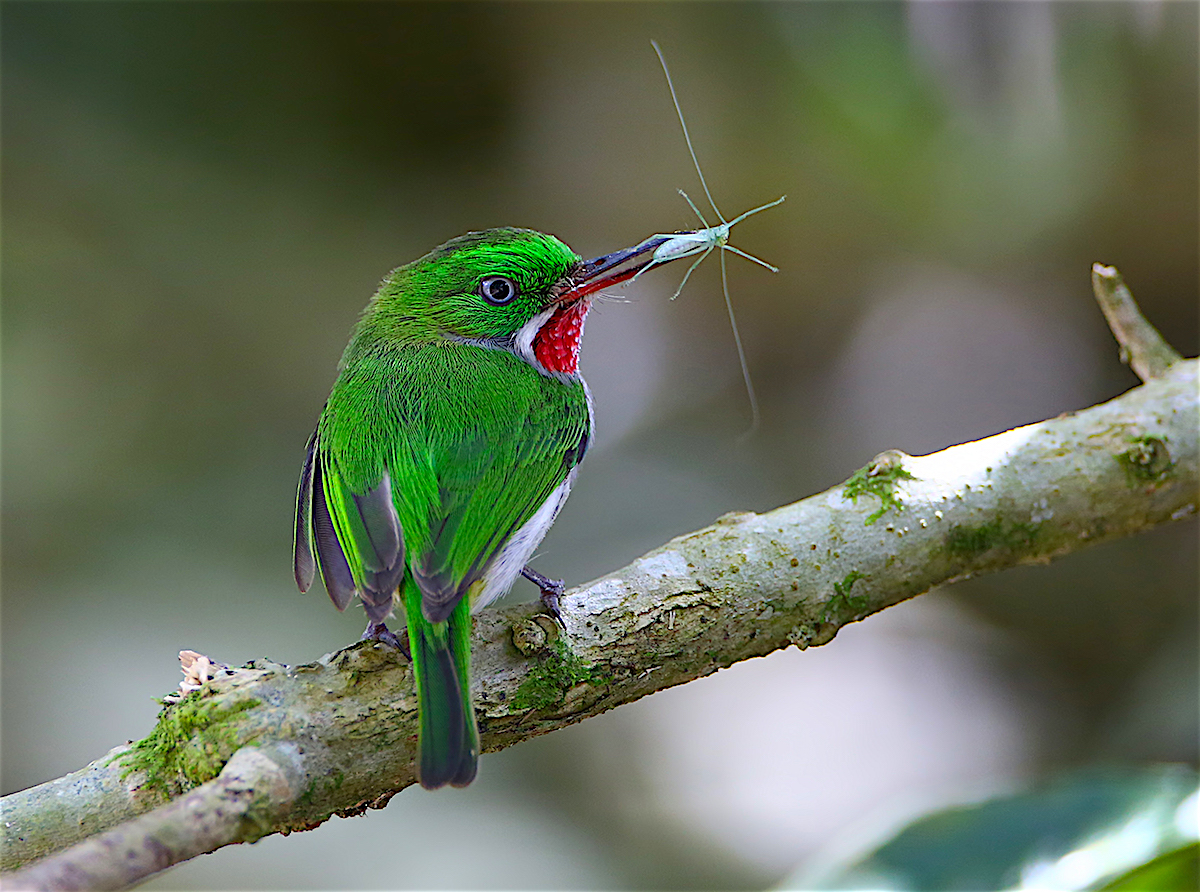









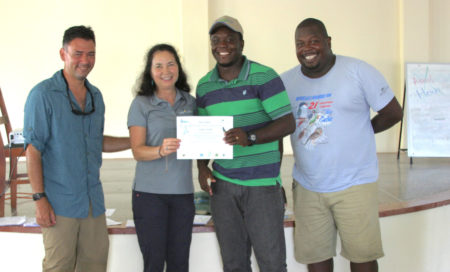








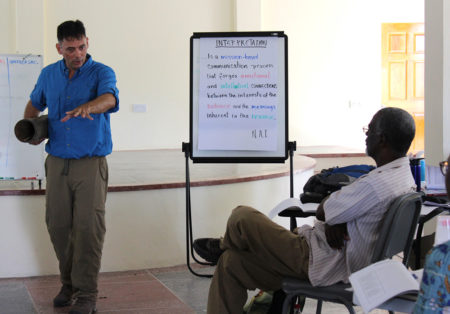

















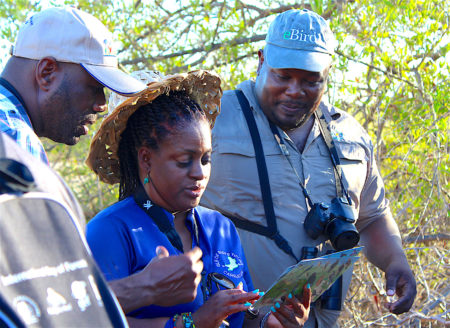




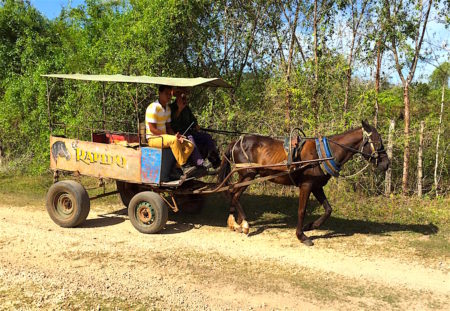
 It is a pleasure to announce the publication of the first issue of the Annotated Checklist of the Birds of Cuba by Nils Navarro Pacheco and Ernesto Reyes Mouriño (No 1, 2017). This publication will serve as an official list and platform for work in the field of ornithology within the Cuban archipelago, as well as keeping the ornithological community updated on changes in taxonomy, systematics and new additions to the bird list of Cuba.
It is a pleasure to announce the publication of the first issue of the Annotated Checklist of the Birds of Cuba by Nils Navarro Pacheco and Ernesto Reyes Mouriño (No 1, 2017). This publication will serve as an official list and platform for work in the field of ornithology within the Cuban archipelago, as well as keeping the ornithological community updated on changes in taxonomy, systematics and new additions to the bird list of Cuba.





















































